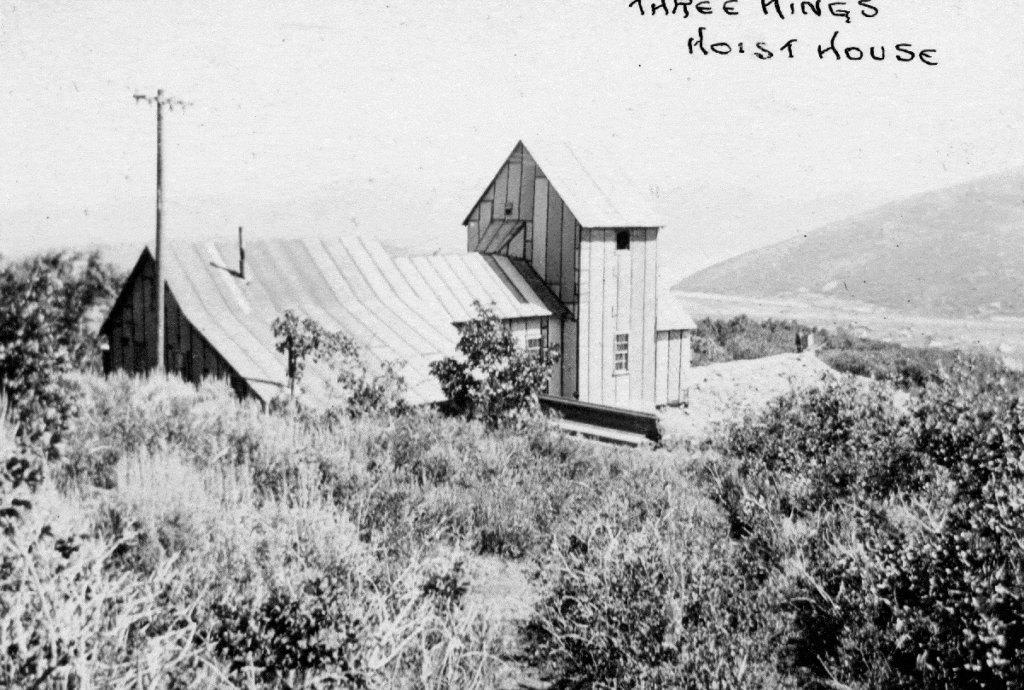While last week we looked at Deer Valley, this week explores the history of run and lift names at Park City.
When I moved to Park City in 1986, many “old timers” were happy to share their stories. “Long Belly” Loran Larson, chief of winter grooming, drove me around the mountain in the summer in his beat up truck explaining the origins of many ski run names and showing me the locations of old mines, overgrown workings and buildings flattened by years of snowfall. Some of these sites now have historical markers, but many aren’t visibly explained.
A Single Jack was a 4-pound hammer used by one miner to drive a hole into rock for placing dynamite. The Double Jack was an 8-12-pound hammer operated by two miners. A Mucker was the fellow who cleaned up the mess in the mine workings in after the holes were blasted.
Crescent Lift refers to the mining company owned by E. P. Ferry and others in the “Michigan Bunch” who came to Park City in the 1870s. They built a large surface plant at the intersection of the Single Jack and Double Jack runs. The Crescent Tramway was a narrow-gauge railroad that snaked its way around the mountain from the plant to the mill in Old Town.
Widowmaker references the revolutionary Ingersoll-Rand pneumatic drill which made jack drills obsolete. Prior to modifications, it caused silicosis or “Miners Consumption” because miners breathed the fine dust the drill stirred up. The dust settled in the miners’ lungs, often inducing fatal cases of pneumonia.
A Drift is an excavation following an ore vein. The Shaft was the vertical hole in a mine that transported workers, equipment and ore by Hoist system. A Glory Hole was an underground excavation that exited on the surface. It sometimes refers to a hole in the ground from which ore was removed.

Credit: Park City Historical Society and Museum, Himes-Buck Digital Collection
Creole was a mine near the mid-station of the Town Lift. It was also the site of some of the earliest ski jumping in the area.
Silver King refers to the Silver King Coalition Mine, the impressive collection of mining structures at the base of Bonanza lift and the source of wealth for Senator Tom Kearns, David Keith, and many others including Susannah Egeria Bransford Emery Holmes Delitch Engalitchev, Utah’s Silver Queen, which explains Silver Queen Run.
King Con is not an ape, but the popular nickname for the Silver King Consolidated Mine. The ore bin on Claimjumper marks the shaft plant, all that remains of the once large mining complex.
Near Pioneer Lift, which recalls the Pioneer Mine further up the ridge from Summit House, is Blueslip Bowl, once off limits to skiing. Employees caught sneaking in to enjoy the fabulous powder were issued “blue slips” terminating their employment.
Jupiter was a mine with tunnels in the west face of Jupiter Bowl. The only remaining artifact is the ore bin near the bottom of West Face. Come back next week to learn more.